Professorship of the Cluster of Excellence – History of Science of the Pre-Modern World
Prof. Dr. Annette Warner (Imhausen)
The Chair of the History of Science of the Pre-Modern World is concerned with the history of pre-Greek sciences (especially mathematics in Egypt and Mesopotamia), the historiography of pre-Greek mathematics and the transmission of knowledge in Hellenistic times.
One research focus is on the establishment of normative orders and expert knowledge in Pharaonic Egypt and Mesopotamia. In both advanced civilizations, normative orders were created by the ruler, who in turn sought to fulfil the divine world order. In both cultures, the actual implementation of the guidelines in practice was carried out by the group of scribes – members of the respective administrations, who were characterized by corresponding specialist knowledge. Literacy and numeracy, i.e. the ability to read and write and to deal with numerical values, were fundamental to this knowledge. Mathematics in particular played a prominent role in the practical implementation of normative orders, as the assignment of numerical values to certain processes made it possible to verify whether certain requirements had been met or not (see the research project “Mathematics and the establishment of normative orders in ancient cultures: Egypt and Mesopotamia in comparison”, conducted by Annette Warner). But the writing down of knowledge also followed certain guidelines in both cultures, including the external form of texts and the deliberate use of certain grammatical structures (Normative orders of knowledge texts; see, for example, the research project conducted primarily by Daliah Bawanypeck “On the function of canonization in the transmission of knowledge in Mesopotamia”). One text form that can be found in both cultures (and many others) is the procedure. Procedural texts are always used when it is a matter of conveying predetermined courses of action. There are procedure texts in many different areas of knowledge such as astronomy, mathematics, divination and medicine (see the research project carried out jointly by Annette Warner and Daliah Bawanypeck: “Procedure texts in the development, preservation and communication of expert knowledge”).
Another research project of the professorship entitled “Demotic Mathematics: Tradition, Progress, Interactions” is a sub-project of the project ALGO : Structures déductives algorithmiques dans les mathématiques pré-algébriques (headed by Fabio ACERBI and Bernard VITRAC, CNRS Paris).
The starting point of the project is the common view that ancient Egyptian mathematics is traditionally described as having reached its peak in the Middle Kingdom, after which it continued virtually unchanged. This assessment is based on a small number of hieratic sources spanning only about 200 years. In order to counter this prejudice, a fundamental reworking of the source material is necessary. Building on my previous work on hieratic mathematical task texts, this project will extend the scope to demotic mathematical texts.
The demotic mathematical texts, which have not yet been published in full, date over 1000 years later than their hieratic predecessors. Like these, they are formulated in the form of procedures, i.e. the announcement of a problem followed by a series of instructions leading to the solution of the problem posed. A detailed analysis of the sources, most of which are now in the British Museum in London, serves to identify the procedures used. These will then be compared with the procedures of the hieratic texts.
In a 1972 monograph, Richard Parker noted a Mesopotamian influence in some demotic problems (Richard A. Parker (1972): Demotic Mathematical Papyri, Providence, RI: Brown University Press and London: Lund Humphries, 6th ed.). This finding is based on the occurrence of individual identical problems in the Mesopotamian and Demotic texts. In the context of this project, this finding was investigated on a larger scale for the first time. The comparison of the procedures used to solve the problems posed enabled a detailed comparison of the techniques and strategies used.

